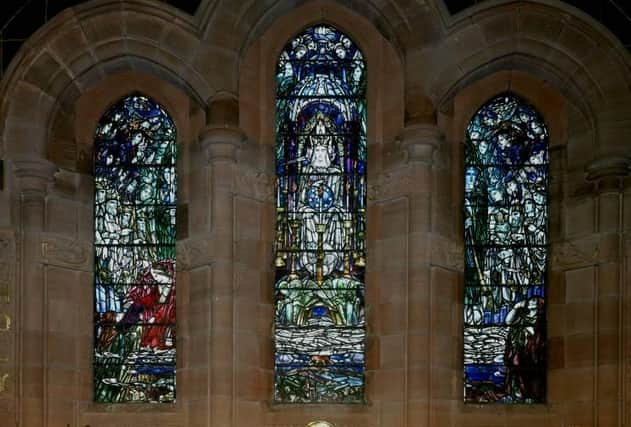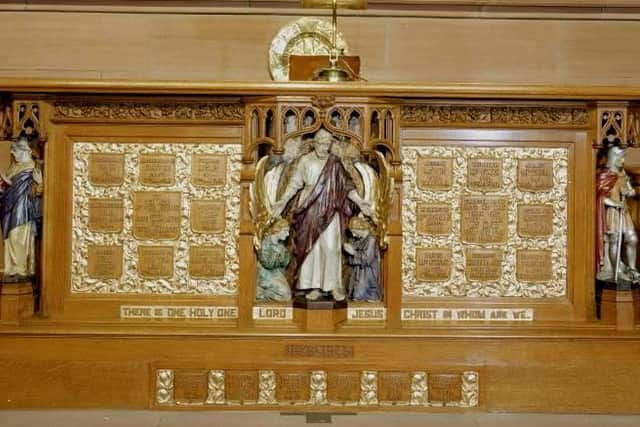Looking back at the history of Stenhouse and Carron Parish Church


Things are so different in this time of pandemic and many doors remain closed despite the easing of the regulations.
Throughout the centuries buildings of all shapes and sizes have served as spiritual gathering places decorated inside and out to a greater or lesser extent depending on the convictions of the congregations and the artistic fashions of the times.
Advertisement
Hide AdAdvertisement
Hide AdIn Falkirk district we have well over 50 churches still functioning plus a dozen or so that have found a new role.


Many are handsome and historic but only four are of such importance that they are A listed.
Two of them – the Dundas Church in Grangemouth and St Mary of the Angels in Camelon have been converted into funeral homes leaving only the historic former Parish Church of Falkirk, now Trinity, and the subject of this article the masterpiece that is Stenhouse and Carron Parish Church in Stenhousemuir.In the 19th century Larbert saw a huge rise in population as a result of the expansion of Carron Company which was at the opposite end of the parish from the Parish Church at Larbert Cross.
The people settled at the Stenhousemuir end where there was a Free Church (now Larbert East) but no Church of Scotland.
Advertisement
Hide AdAdvertisement
Hide AdIf the established church was to stop losing members to their rivals then a building nearer the people was vital and so the decision was taken in the mid 1890s build new.
The date coincided with the golden jubilee of the Minister of the joint parishes of Larbert and Dunipace, the popular Dr John McLaren, so the new building would be called the McLaren Memorial Church.The leading men of the parish, ironfounder Robert Dobbie and grocer John Bell Cochrane along with George Sherriff of Carronvale who gifted the site, took the lead in raising funds and such was their success that they were able to engage one of Scotland’s leading architects John James Burnet, to design the building.
He had local connections for as well as his early schooling at Blairlodge Academy in Polmont he had worked for Sherriff in the restoration of Carronvale.
Burnet was an innovator and his design shows a mastery of different forms, Romanesque and Gothic as well as the arts and crafts style.
Advertisement
Hide AdAdvertisement
Hide AdThe fusion he produced has bequeathed us a building of striking appearance but it is the inside that really takes the breath away.
The decorative features and church furnishings are a feast for the eyes and their richness and colour come as quite a surprise in a Victorian Presbyterian church.
The oak communion table which is also the war memorial is particularly fine with gilding, floral designs and carved figures, and the pulpit, reading desk and font are outstanding works of decorative art.
In the years that followed the opening in 1900 the church was further enhanced by a series of magnificent stained glass windows by the celebrated Aberdeen artist Douglas Strachan including his final work completed very shortly before his death in 1950.
Advertisement
Hide AdAdvertisement
Hide AdThe windows were beautifully restored by the congregation in 2004 showing the pride they have in their lovely place of worship and we should be eternally grateful to them for the way in which they have preserved this important part of the heritage of us all.